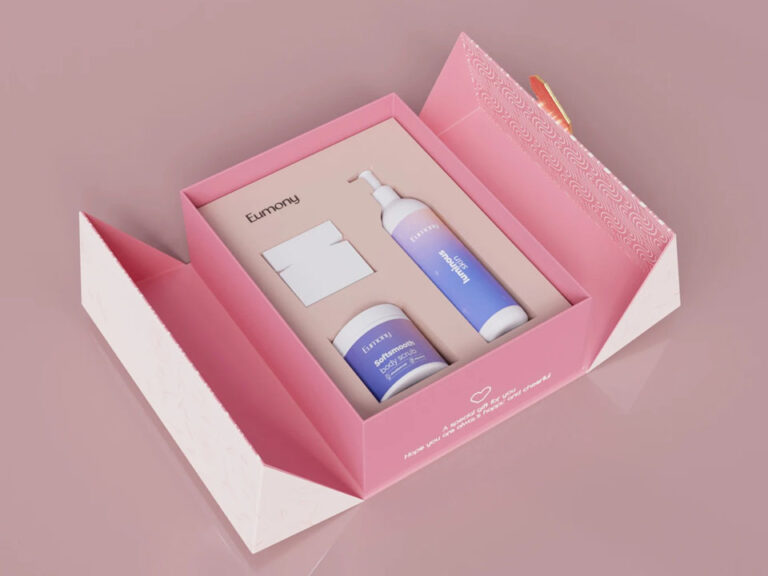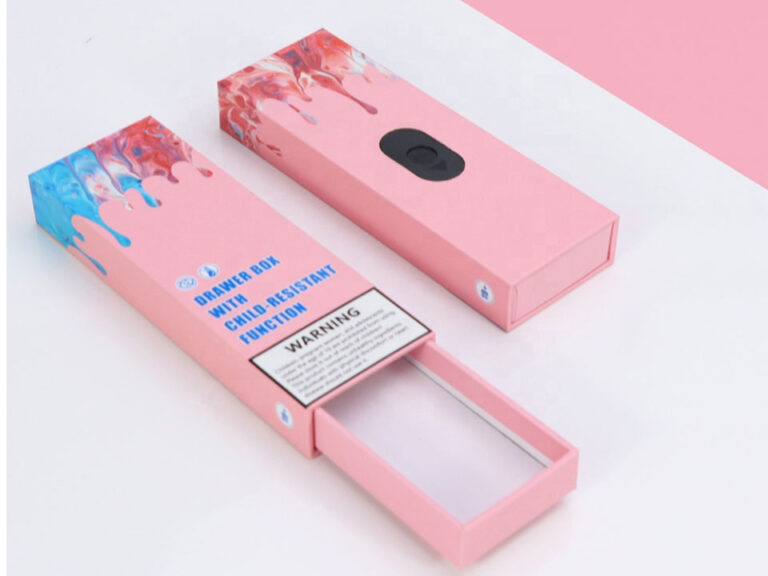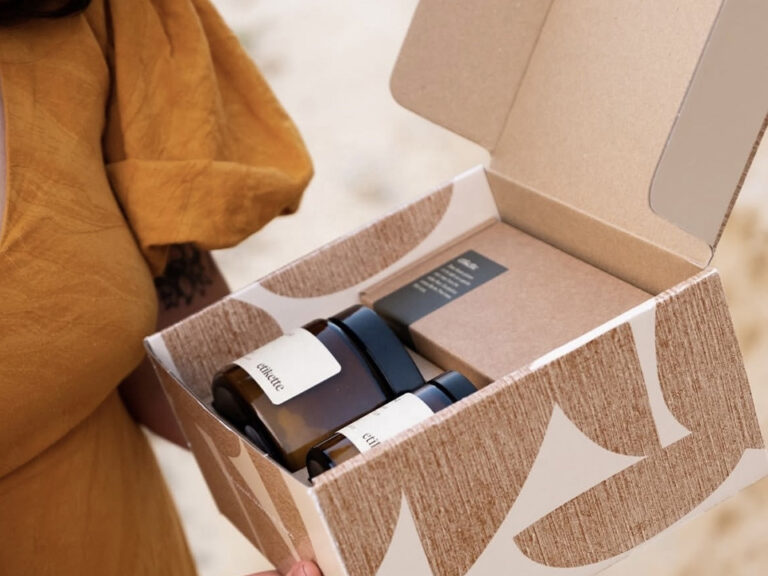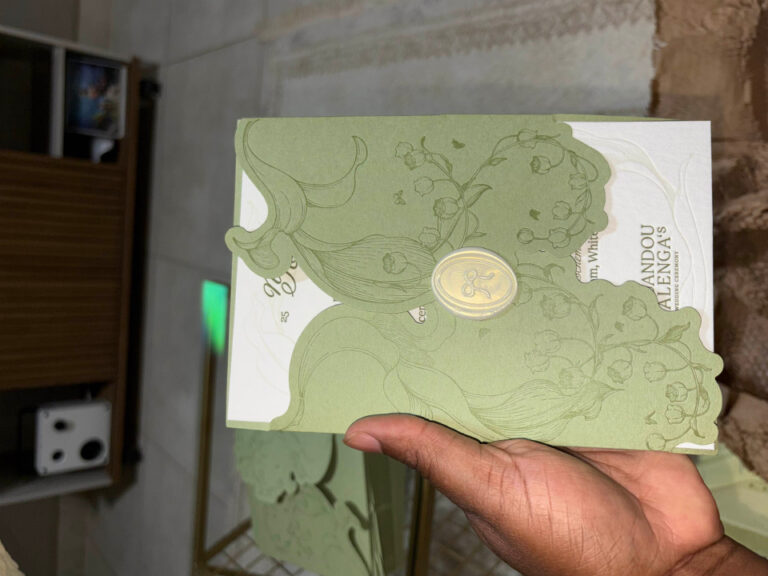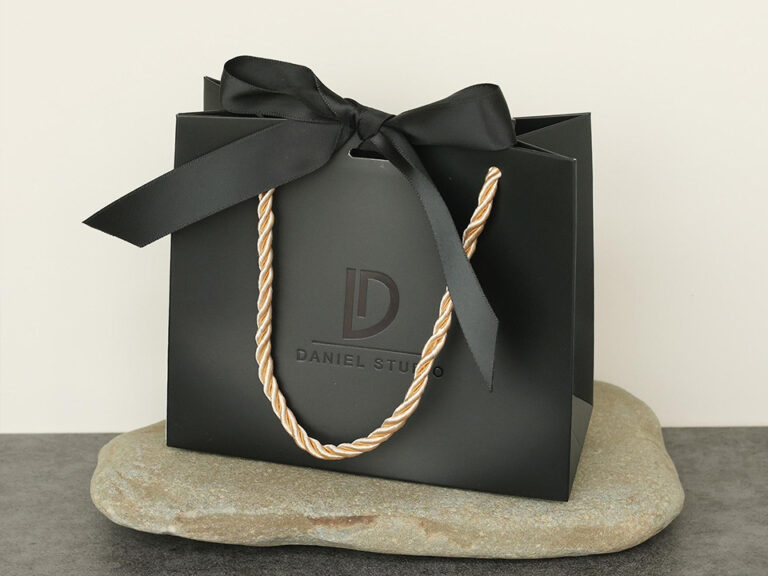اللعبة بين الطباعة الرقمية وطباعة الأوفست التقليدية
Industry status: explosive growth of digital printing
Digital printing has sprinted from niche to necessary. Brands now launch more SKUs in shorter cycles, reorder in tight bursts, and customize packaging by region or retailer. That shift favors press setups that move fast, switch formats on the fly, and waste less during makeready—exactly where digital shines. Meanwhile, offset keeps its crown for long, steady runs where consistency, substrate range, and inline finishing are dialed in.
جدول المحتويات
Market dynamics
- Shorter product lifecycles and on-demand replenishment push teams to print only what will sell this month, not this year.
- Personalization and versioning—languages, barcodes, offers, seasonal art—drive micro-batches that are impractical with lengthy plate changes.
- Sustainability goals nudge buyers to reduce obsolescence and inventory write-offs; smaller digital lots help.
Explore real-world packaging formats your team might pivot between, from علب كرتون قابلة للطي إلى الصناديق المموجة المطبوعة, or step back and view full خدمات الطباعة offered under one roof. For catalogs and brochures that still anchor many launches, see both catalog offset printing و perfect-bound magazine printing.

Technology comparison: Changes in the critical point of cost and efficiency
Think of a sliding “critical point” where one method becomes more economical than the other. Decades ago that point rested firmly in offset’s camp; today, smarter RIPs, faster inkjet heads, and automated color management moved the breakpoint upward. The upshot: many mid-sized jobs once locked to offset now weigh in favor of digital—especially when frequent artwork changes or late edits are expected.
Setup and switchover
- Offset: Plates, washups, and color alignment deliver superb repeatability but add setup time. Once running, offset hums for long campaigns.
- Digital: Minimal setup with rapid job-to-job changeovers. Versioning is a file swap, not a plate change.
Color and substrate control
- Offset: Wide substrate latitude and specialty coatings make it a powerhouse for premium packaging lines.
- Digital: Rapid advances in inks, primers, and extended gamut put brand colors within reach, with reliable proof-to-press fidelity.
Need to blend methods? Many brands split runs: a long base printed offset, then localized sleeves or inserts printed digitally—like updated instructions via طباعة دليل المستخدم or fresh point-of-sale using video brochures for launches.

Application scenarios: Diversified penetration from the edge to the mainstream
Digital began at the edges—samples, comps, and tiny batches—and now occupies mainstream categories.
High-mix, low-volume packaging
Beauty, wellness, and seasonal gifts thrive on agility. Carton variants, trial sizes, and influencer bundles often start digital to validate demand, then scale.
Data-driven versioning
Unique QR codes, localized claims, or retailer-specific layouts are easier when every sheet can be different. Offset can supplement with master runs while digital handles the variable layers.
Literature that changes often
Price lists, spec sheets, and care guides evolve. Keep the “evergreen” book offset, but swap the volatile pages digitally. If you still publish hefty catalogs, balance long-run efficiency with agility by combining full-color catalog printing and short digital top-ups between seasons.

Challenges and future trends
No technology is perfect; smart teams match press to purpose.
Current challenges
- Color governance across processes: Maintaining one brand appearance across digital and offset demands disciplined profiles and shared targets.
- Material compatibility: Some specialty substrates and finishes still favor offset lines.
- Workflow integration: True agility arrives when estimating, prepress, and finishing are unified, not siloed.
What’s next
- Hybrid lines: Offset speed with digital flexibility—imagine static layers laid down conventionally with digital units adding variable or late-stage graphics.
- Smarter automation: AI-assisted imposition, ink optimization, and predictive maintenance compress lead times further.
- Sustainable runs: Expect growth in thinner liners, recycled fibers, and low-waste makeready strategies—areas where digital’s short-run discipline cuts scrap.
If you’re mapping a transition, browse the wider packaging ecosystem—everything from علب الهدايا الورقية to specialty retail forms—on the الصفحة الرئيسية to see how press choices cascade into structural design, inserts, and finishes.
الخاتمة
Offset and digital aren’t rivals so much as teammates. Offset delivers velocity and unit stability for long, repeatable campaigns; digital delivers responsiveness, personalization, and lower risk for changing markets. The winning play is a blended workflow: run your anchor volumes on offset, top up and localize with digital, and keep creative options open without ballooning inventory. Start with the job’s intent, lifecycle, and variability—then match each layer to the press that loves it most.






